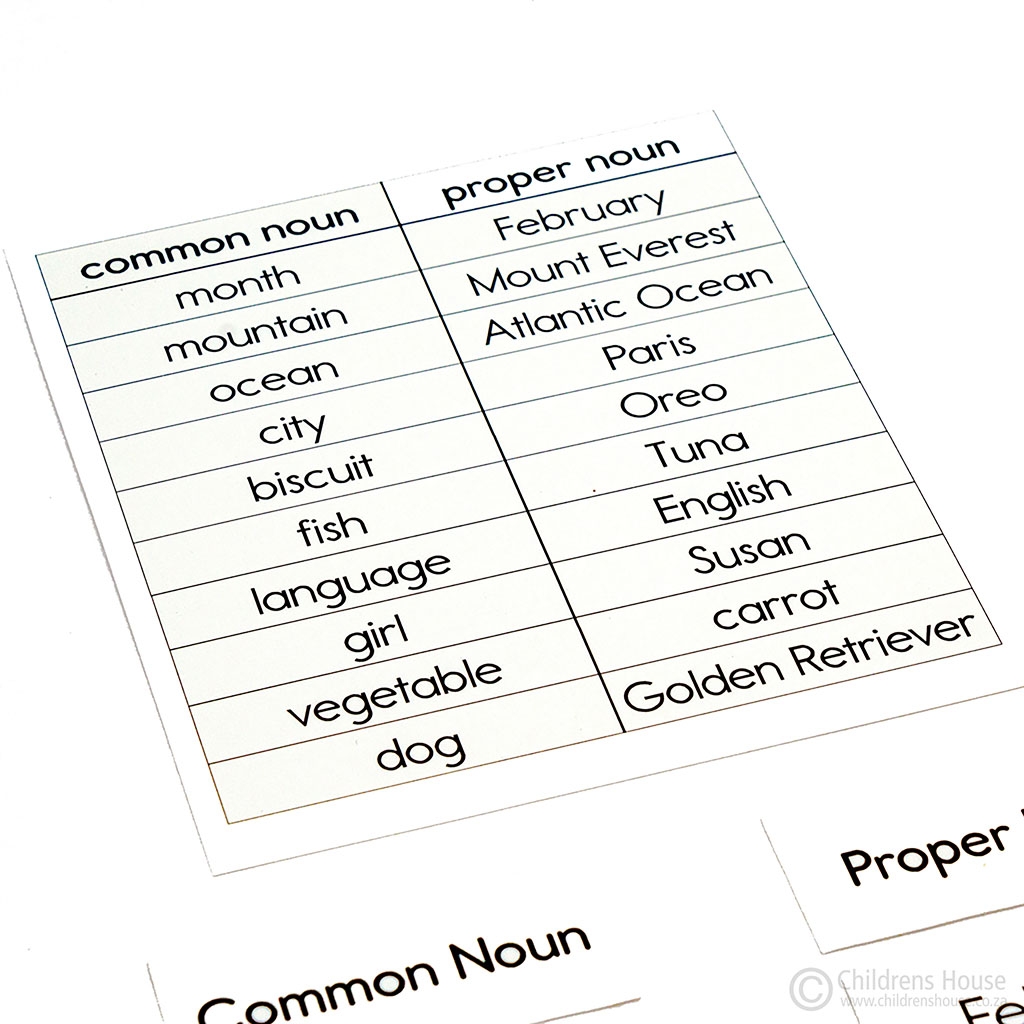Common nouns and proper nouns are two types of nouns that are used in the English language. While they may seem similar, there are key differences between the two that are important to understand.
Common nouns are general names for people, places, things, or ideas. They are not capitalized unless they are at the beginning of a sentence. Examples of common nouns include: teacher, city, car, and happiness.
Common Nouns vs Proper Nouns
Proper nouns, on the other hand, are specific names for people, places, things, or ideas. They are always capitalized, regardless of where they appear in a sentence. Examples of proper nouns include: John, Paris, Toyota, and Thanksgiving.
One key difference between common nouns and proper nouns is that common nouns can be used to refer to any member of a general category, while proper nouns refer to specific individuals or entities. For example, “dog” is a common noun that can refer to any dog, while “Fido” is a proper noun that refers to a specific dog.
Another difference is that common nouns can be preceded by articles (such as “a” or “the”), while proper nouns are not. For example, you would say “I saw a dog” (common noun) but “I saw Fido” (proper noun).
It is important to use common nouns and proper nouns correctly in writing to ensure clarity and accuracy. By understanding the differences between the two types of nouns, you can improve your communication skills and avoid confusion.
In conclusion, common nouns are general names for people, places, things, or ideas that are not capitalized, while proper nouns are specific names that are always capitalized. By recognizing the distinctions between common nouns and proper nouns, you can enhance your language use and effectively convey your intended meaning.
